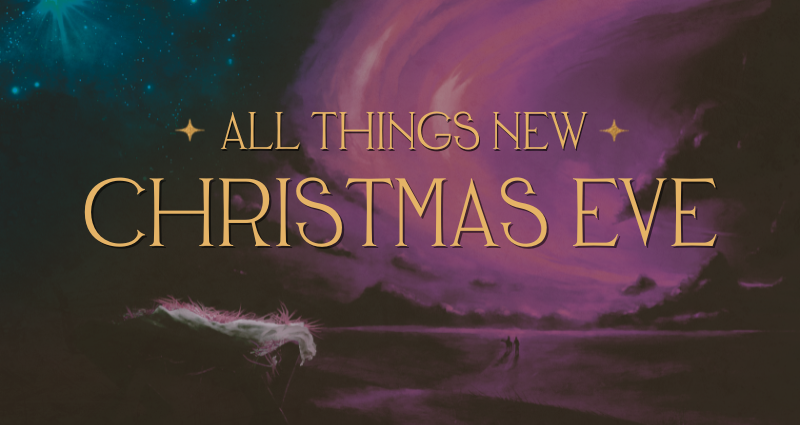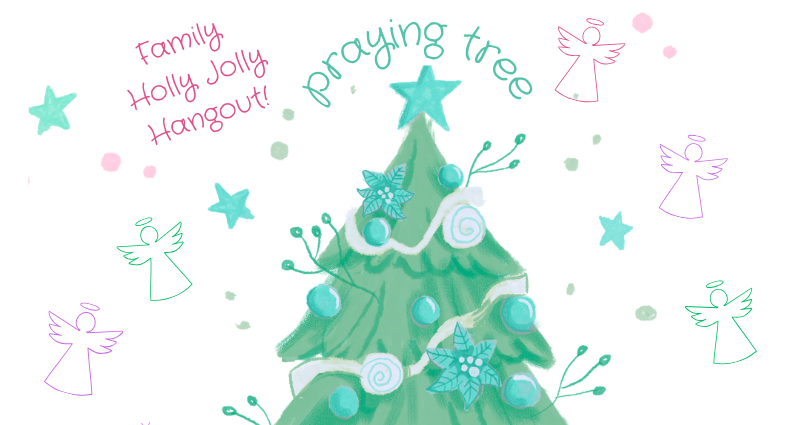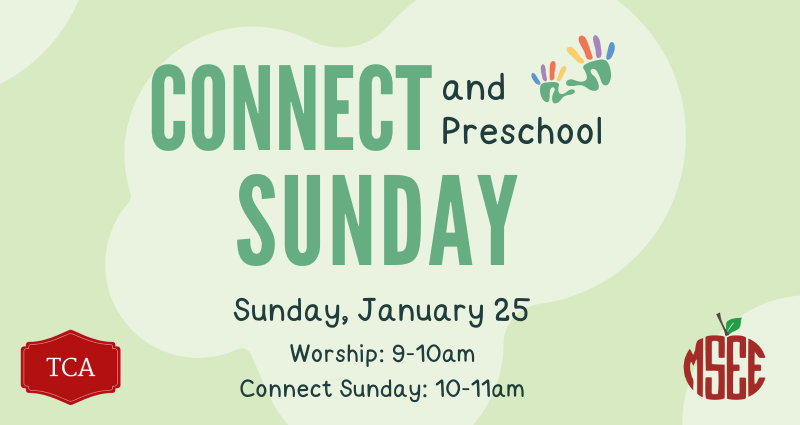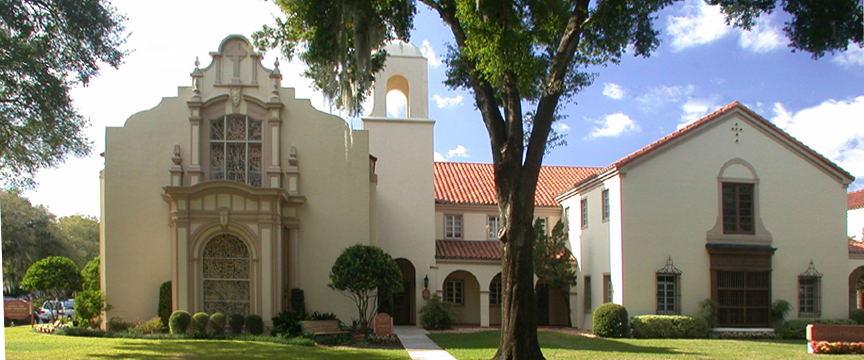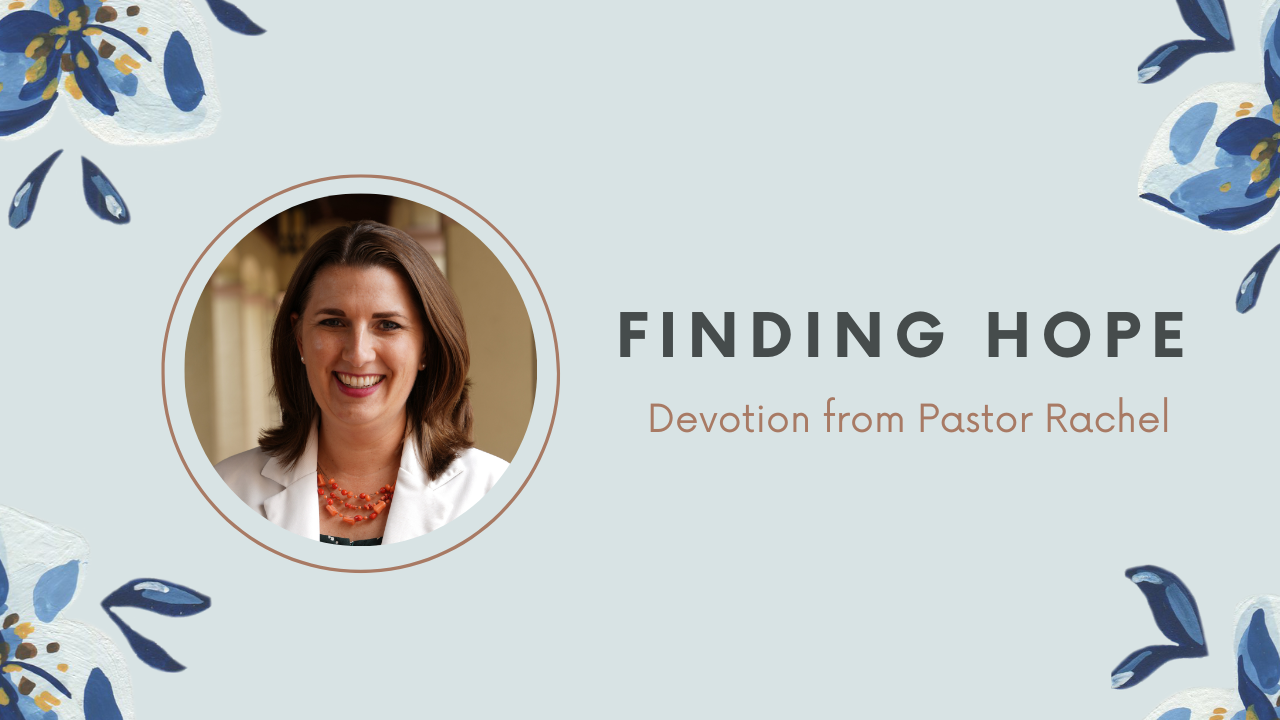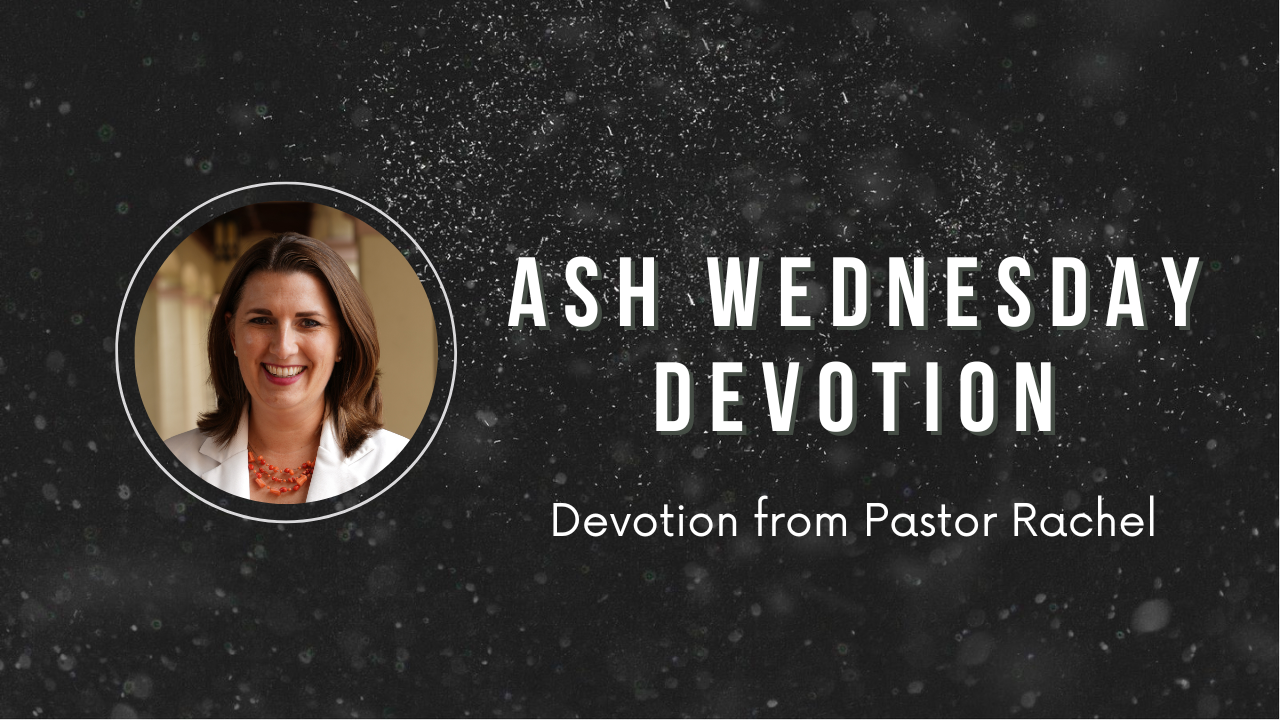I want to share where I have seen hope recently.
Yesterday, I gathered with about 200 other United Methodist Clergy in Lakeland for 5 hours of worship, fellowship, learning, challenge and dreaming. It was our Clergy Day Apart and we do enjoy being together. Ministry is difficult at times and while I have a Covenant group and friends in ministry, gathering with other pastors to pray and worship and hope for the future was so good for my soul.
Our time was led by our Bishop, Tom Berlin and he started by painting a realistic picture of our current reality in this country and what the church is likely to face over the next few years. Then he walked us through a Pew Research Poll that tells us where those that are not in faith communities sit currently. According to this research, 62% of US adults describe themselves as Christians.
The Pew Research Poll found that of the US adults who participated in the research, this is how they describe their relationship to faith:
- 29% are religiously unaffiliated
- 5% Atheist (Belief in no God)
- 6% Agnostic (Belief in some higher power)
- 19% is nothing in particular
- 2% are Jewish
- 1% are Muslim
(I realize this only equals 64% and doesn’t represent the whole population, but it does give us, I think, a more realistic picture of the culture we live in.)
And of these same adults who were polled, 66% of adults who attend religious services say that most or all people in their services look like them.
These are the data points we now see lived out in our churches that are getting smaller and older and more homogenous. The above are simply facts and while facts are helpful in some things, they don’t always give us hope. We know that the church in America is getting smaller. We know that people who used to come to worship every week, are coming now only once ever 4-6 weeks and feel good about their attendance. We know that the church of the 1980’s and the 1990’s is over and we would be silly to go back. And you are all smart enough and wise enough individuals to feel that change, but we don’t stop there; don’t give up. Here is where I see the hope.
If there are 29% of folks religiously unaffiliated, meaning they grew up in some faith, but they are no longer associated with that faith anymore and there are 19% describe themselves as nothing in particular, that means, if you add up those two categories that almost 50% of US adults are still making their mind up about God and this thing called faith…how cool is that?! This means that US adults are still seeking, still questioning, still doubting, still yearning and the followers of Jesus, if they are brave enough, can make a safe enough space to allow them to question in community.
When John Wesley has trying to summarize what it meant to be a Wesleyan Christian in the 1700’s, he established our Three General Rules:
- Do No Harm
- Do Good
- Attend upon the Ordinances of God (or stay in love with God)
Yesterday our Bishop proposed Three General Rules for the rebirth of a new United Methodist Church and I tend to like how he summarized them. I wonder if you could get behind these General Rules today.
- Heal the Harm
- Offer the Good of Christ to the Community
- Teach People to Love God, love each other and love themselves, because they are deeply loved
Brothers and Sisters, what would that look like if we prioritized our time and our resources as people, as a church, as a faith family around these three things? If Christ is the great Healer, then let His hands and feet heal. If God is Good and Gracious, let us tell our neighbors about it. And if Jesus loved the world so much that he gave up his life to set us free, we have the best story to tell our community!
I don’t know about you, but hearts are opening and ears are listening and eyes are watching the people who call themselves followers of Jesus as we respond to these trying times. What new thing might God be up to as we obediently and joyfully respond to the work of the Holy Spirit?

